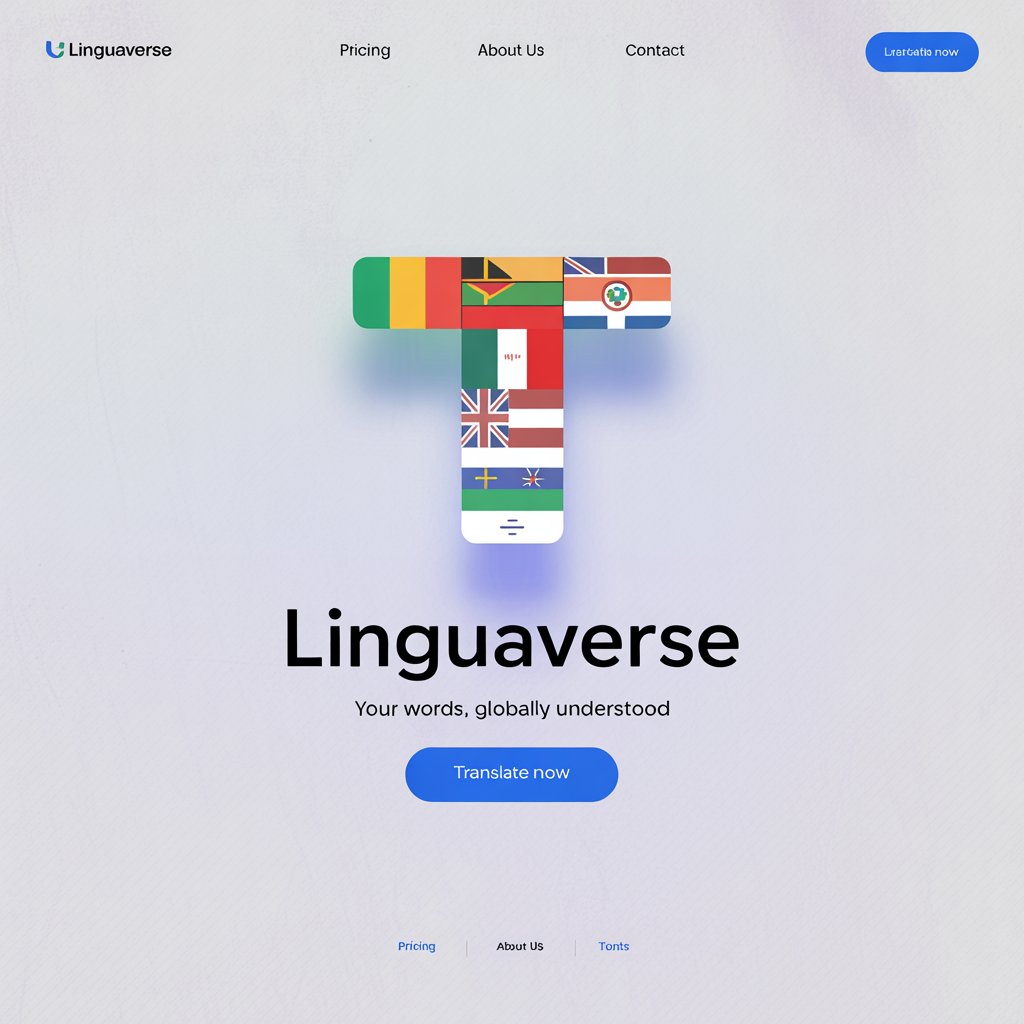Introduction: The Universal Hue of Life
The first time I saw a forest after a long winter, the vibrant green of new leaves felt like a promise of renewal. It was as if the world was whispering, “Life persists.” Green, in its endless shades, is more than a color—it’s a symbol of growth, vitality, and connection to nature across cultures. From emerald jungles to lime-hued limes, green binds humanity to the earth. But how do we name this universal hue in different tongues? Let’s embark on a journey to explore how “green” is spoken across the globe, revealing the cultural threads that weave us together through this shared color.
A Global Palette: Words for Green
Below is a reference table showcasing how “green” is expressed in various languages, each with a glimpse into its cultural or linguistic significance.
| Language | Word for Green | Cultural/Linguistic Insight |
|---|---|---|
| French | Vert | Evokes lush vineyards and pastoral landscapes, central to French art and poetry. |
| Spanish | Verde | Linked to emeralds and tropical forests, often used in Latin American folklore. |
| Italian | Verde | Associated with Italy’s olive groves and Renaissance depictions of nature. |
| German | Grün | Reflects Germany’s deep connection to forests, like the Black Forest, in folklore and identity. |
| Mandarin | Lǜ (绿) | Symbolizes growth and harmony, tied to jade in Chinese culture, a stone of prosperity. |
| Hindi | Hara | Connected to fertility and agriculture, celebrated in festivals like Holi. |
| Japanese | Midori | Represents nature and youth, often used in tea ceremonies and art. |
| Korean | Noksaek | Tied to Korea’s lush mountains, symbolizing peace and balance. |
| Arabic | Akhdar | Evokes oases and renewal, significant in Islamic art with green domes symbolizing paradise. |
| Swahili | Kijani | Reflects East Africa’s savannas, used in poetry to describe life and abundance. |
| Zulu | Luhlaza | Associated with fertile lands and ancestral connections to nature in Zulu culture. |
| Yoruba | Awọ ewe | Literally “leaf color,” tied to Nigeria’s forests and spiritual reverence for nature. |
| Maori | Kākāriki | Inspired by New Zealand’s green parrots, symbolizing vitality and the land. |
| Hawaiian | Kenika | Reflects the lush rainforests and ocean hues, central to Hawaiian identity. |
| Cherokee | Sa go ni ge | Linked to the Green Corn Ceremony, a Cherokee tradition of renewal and gratitude. |
European Languages: A Verdant Tapestry
In Europe, green carries a spectrum of meanings. In French, vert conjures images of rolling vineyards and the pastoral charm of Provence, often celebrated in Impressionist paintings. The word derives from Latin viridis, meaning vigorous or youthful, reflecting a cultural appreciation for life’s vibrancy. In Spanish, verde is tied to lush rainforests and emeralds, a nod to Latin America’s natural wealth, while in Spain, it’s woven into flamenco’s vivid imagery. Italian verde evokes olive groves and Renaissance art, where green symbolized hope and rebirth. In German, grün is deeply rooted in folklore, with the Black Forest embodying mystery and growth. Across these languages, green is a bridge to nature, art, and renewal, though each culture paints it with unique strokes.
Asian Languages: Shades of Harmony
Asia’s linguistic diversity reflects green’s multifaceted significance. In Mandarin, lǜ (绿) is tied to jade, a stone symbolizing purity and prosperity, often seen in traditional art and jewelry. In Hindi, hara resonates with India’s agricultural heart, celebrated during Holi when green powders symbolize spring’s arrival. Japanese midori captures the essence of youth and nature, reflected in matcha tea ceremonies and forest bathing traditions. In Korean, noksaek evokes the serene mountains of the peninsula, a color of balance in Buddhist philosophy. Arabic akhdar, used across over 20 countries from Morocco to Iraq, is tied to oases and paradise, often adorning mosque domes. Despite linguistic differences, green in Asia consistently symbolizes life, balance, and spiritual renewal.
African Languages: The Color of Abundance
In Africa, green is a celebration of life across diverse landscapes. In Swahili, spoken in over 20 East African countries like Kenya and Tanzania, kijani reflects the savanna’s vibrancy, often used in poetry to signify abundance. In Zulu, luhlaza connects to South Africa’s fertile lands, symbolizing ancestral ties to nature in rituals. Yoruba’s awọ ewe (leaf color), used in Nigeria and beyond, ties green to forests and spiritual practices, where leaves are sacred in Ifá traditions. From Ethiopia’s Amharic yäzäräq to Ghana’s Akan nkyan, green is a universal emblem of fertility and resilience, deeply woven into African cultural narratives.
Indigenous & Island Languages: Green as Identity
Indigenous and island languages offer unique perspectives on green. In Maori, kākāriki draws from New Zealand’s green parrots, embodying the land’s vitality and sacredness in Māori cosmology. Hawaiian kenika reflects the islands’ rainforests and coral-edged waters, central to hula and chants celebrating nature. In Cherokee, sa go ni ge is tied to the Green Corn Ceremony, a ritual of renewal across Cherokee communities. Samoan lanumeamata, used in Pacific island nations, evokes lush rainforests and communal ties to the land. Across over 20 indigenous and island cultures, from Inuit to Aboriginal Australian, green is a symbol of survival, identity, and harmony with the earth.
Cultural Insights: The Evolution of Green
The word for green often traces back to ancient roots tied to nature. In Indo-European languages, words like vert and grün stem from Latin viridis, meaning youthful or growing. In Chinese, lǜ is linked to jade, revered since the Shang Dynasty (1600 BCE) for its spiritual properties. In Arabic, akhdar appears in early Islamic texts, symbolizing paradise’s gardens. Historically, green dyes were prized—Egyptians used malachite, while Mesoamericans revered jade. Across civilizations, green has been a sacred hue, from Celtic reverence for forests to Mesoamerican associations with fertility gods. Its universal presence in art, religion, and folklore underscores its timeless role as a symbol of life.
Proverbs and Sayings: Green’s Wisdom
Green inspires wisdom across cultures:
- Spanish: “Verde que te quiero verde” (Green, how I love you green) – From Lorca’s poetry, celebrating nature’s passion.
- Chinese: “Qingtian biru” (The green field is like jade) – Reflects prosperity and harmony.
- Swahili: “Kijani ni maisha” (Green is life) – Emphasizes nature’s vitality in East African wisdom.
- Maori: “Kia kākāriki te whenua” (Let the land be green) – A call to preserve nature’s vibrancy.
- Yoruba: “Awọ ewe ni awọ ọmọ” (The color of leaves is the color of youth) – Ties green to vitality and growth.
These sayings reveal green’s universal resonance as a symbol of hope and continuity.
FAQs: Unraveling Green’s Mysteries
Why does green sound similar in many languages?
Words like vert, verde, and viridis share Latin roots, spreading through Romance languages. Similarities in other language families, like Arabic akhdar and Hebrew yarok, may stem from shared Semitic origins.
What’s the oldest known use of a word for green?
Ancient Egyptian wꜣḏ (wadj), meaning green, dates to 3000 BCE, tied to malachite and fertility gods like Osiris.
How do cultural differences shape green’s expression?
In Western cultures, green often signifies luck or envy, while in Islamic traditions, it represents paradise. In East Asia, it’s tied to harmony and prosperity, reflecting diverse worldviews.
Conclusion: The Evergreen Connection
Green is more than a color—it’s a universal language of life, growth, and renewal. From the emerald forests of Europe to the jade-laden art of Asia, the savannas of Africa to the rainforests of indigenous lands, green binds us to the earth and each other. Its words, though varied, carry a shared heartbeat: the promise of new beginnings. What does green mean to you? Share your language’s word for green or a memory it evokes in the comments below—let’s paint the world with stories of this vibrant hue!




